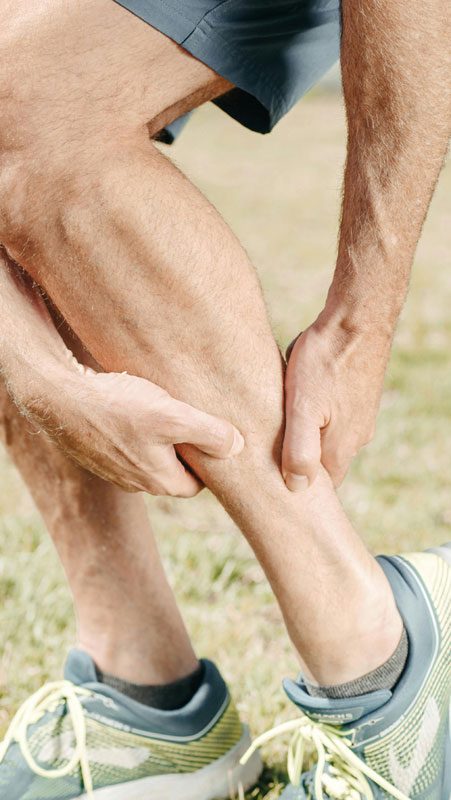Platelet-Rich Plasma (PRP) injections are an exciting new medical procedure commonly performed at Doctor Doctor.
Platelet-Rich Plasma (PRP) injections are an exciting new medical procedure commonly performed at Doctor Doctor. At Doctor Doctor, we are successfully using PRP injections to treat a variety of issues. The most common injections are done for acute joint injuries and chronic joint pain. Soft-tissue and ligament injuries are also prime candidates. PRP is offered for skin rejuvenation, the classic example being the Vampire Facial. We have also begun using PRP for hair-regrowth from balding.
The procedure involves extracting a small amount of your blood, processing it to concentrate the platelets, and then immediately injecting the PRP back to the problem area during the same visit. The science behind Platelet-Rich Plasma (PRP) revolves around the role of platelets and their growth factors in the body’s natural healing processes. Platelets are a type of blood cell that plays a vital role in blood clotting and wound healing. They contain various growth factors, cytokines, and other bioactive molecules that are crucial for tissue repair and regeneration.
How PRP Works:
Platelet Concentration:
In PRP, the blood sample is centrifuged to separate the different components of blood. This process allows the extraction of plasma with a higher concentration of platelets than what is typically found in whole blood.
Growth Factors and Cytokines:
Platelets are a rich source of growth factors, which are proteins that play a significant role in the body’s healing process.
Cell Recruitment and Proliferation:
When PRP is applied to an injured or damaged area, the growth factors released by the platelets attract various cells to the site of injury. These cells include mesenchymal stem cells, which have the potential to differentiate into different cell types and aid in tissue repair. The growth factors also promote cell proliferation and enhance the formation of new blood vessels (angiogenesis) to improve blood supply to the injured area.
Anti-Inflammatory Effects:
Some of the growth factors found in PRP also have anti-inflammatory properties. By reducing inflammation, PRP can help create a more favorable environment for healing and tissue regeneration.
Extracellular Matrix Remodeling:
The extracellular matrix is a complex network of proteins and molecules that provide structural support to tissues. PRP has been shown to influence the remodeling of the extracellular matrix, which is essential for tissue repair and regeneration.
PRP Injection Process:
In-Office Blood Extraction:
The process begins by drawing a small blood sample from your arm, right in the office.
Centrifugation:
The collected blood sample is placed in a centrifuge, which separates the blood components based on density. This process separates the platelets and plasma from other blood components efficiently.
Preparation for Injection:
Once the PRP is obtained through centrifugation, it is prepared for immediate injection.
In-Office Injection:
The prepared PRP is then injected directly into the targeted area within the same office visit. PRP can be injected into joints, tendons, ligaments and soft- tissue. It can be used for facial rejuvenation and hair loss as well.
Healing and Regeneration:
The platelets within the PRP release growth factors and other bioactive substances that promote tissue repair and regeneration. This process aims to accelerate healing, reduce inflammation, and improve the overall condition of the treated area.
